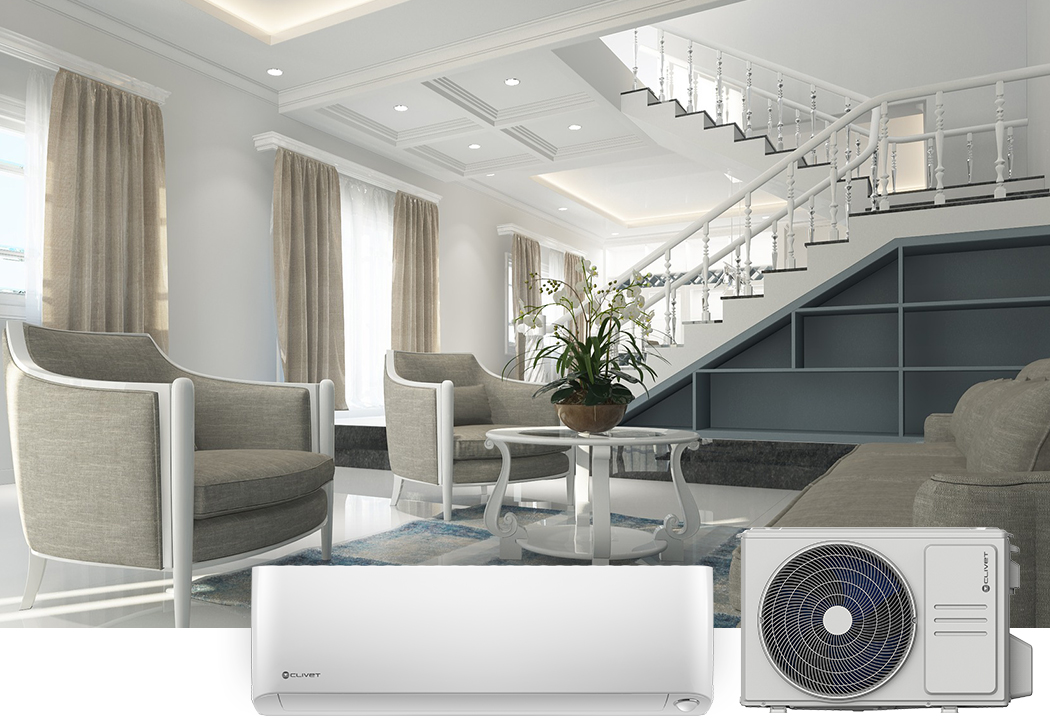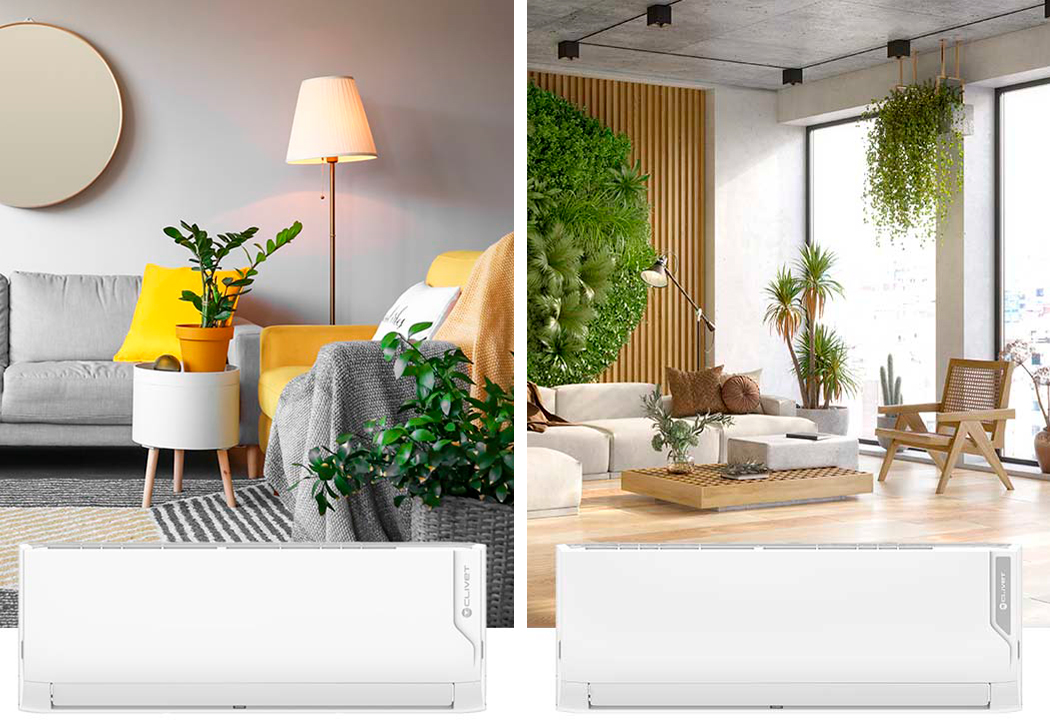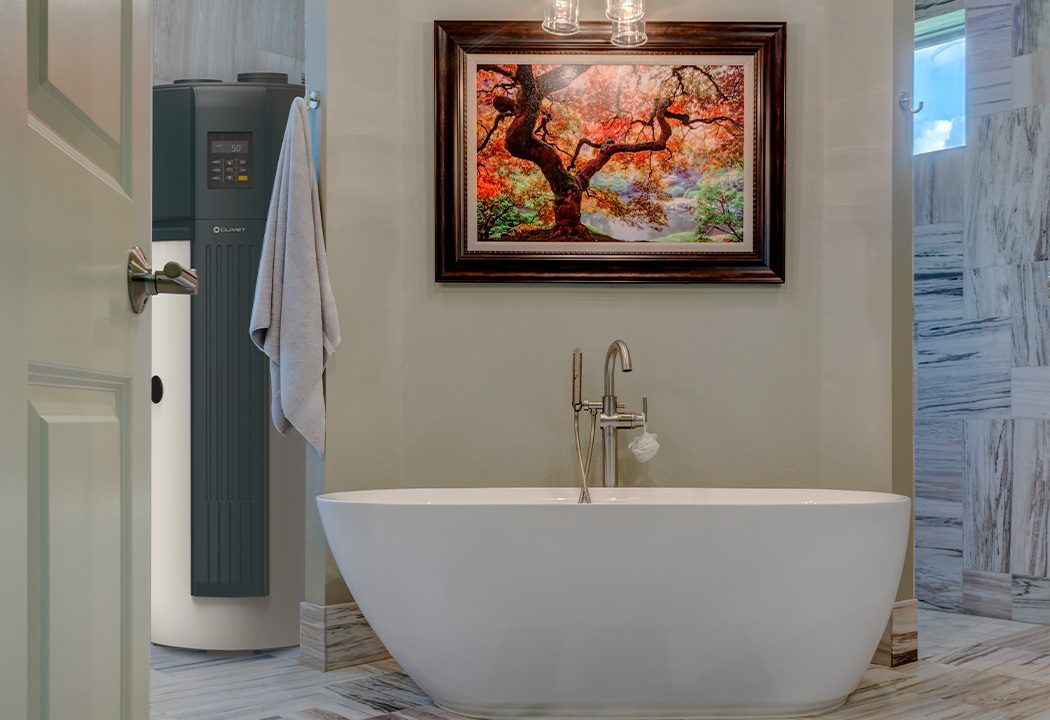When talking about home air conditioning systems, the mind immediately jumps to traditional split systems, solutions that have become increasingly efficient and versatile over time, but which have also managed to evolve significantly. While so-called “air conditioners” were initially limited to cooling rooms in the summer, and possibly helping to reduce humidity, in recent years these devices have also been used to heat environments.
This is an excellent solution to use alongside the traditional boiler, to keep the house warm even when the radiators switch off, but also as an important alternative, especially in mid-season when the weather is not too cold.




